Urgent need to replace competition with cooperation in the Aral Sea Basin
Tag: GEOLOGY/SOIL
The world is getting wetter, yet water may become less available for North America and Eurasia
Plants will demand more water in the future making less water available for people
The world is getting wetter, yet water may become less available for North America and Eurasia
Plants will demand more water in the future making less water available for people
The world is getting wetter, yet water may become less available for North America and Eurasia
Plants will demand more water in the future making less water available for people
New way to date rocks
A new way to date a common mineral could help pinpoint ore deposits and improve mineral exploration globally, according to University of Queensland scientists. The researchers have identified a new reference material and used a state-of-the-art instrument to better date…
Lead isotopes a new tool for tracking coal ash
Tracer will help scientists monitor exposure risks of people near coal ash ponds and landfills or sites where ash is being used as fill
KU Leuven researchers use satellite data to calculate snow depth in mountain ranges
Bioscience engineers at KU Leuven (Belgium) have developed a method to measure the snow depth in all mountain ranges in the Northern Hemisphere using satellites. This technique makes it possible to study areas that cannot be accessed for local measurements,…
Northern peatlands may contain twice as much carbon as previously thought
New findings double potential emissions from these areas, with big implications for climate modeling
Clay minerals call the shots with carbon
Rivers discharge a constant supply of sediment into the world’s oceans. This sediment is largely composed of various clay minerals – the products of rock weathering – and organic compounds of plant origin that have decomposed in soils. These two…
It really was the asteroid
New study underpins the idea of a sudden impact killing off dinosaurs and much of the other life
Lead pollution from Native Americans attributed to crushing galena for glitter paint
A new study of Native American use of galena increases understanding of how they were using the land and its resources
Alfalfa and potassium: It’s complicated
Has anyone ever told you to eat a banana when you have a muscle cramp or eye twitch? That’s because bananas have potassium. Potassium is an important nutrient for humans, and an even more important nutrient when it comes to…
Strong storms can generate earthquake-like seismic activity
WASHINGTON–Researchers have discovered a new geophysical phenomenon where a hurricane or other strong storm can produce vibrations in the nearby ocean floor as strong as a magnitude 3.5 earthquake. “We’re calling them ‘stormquakes,’” said Wenyuan Fan, an assistant professor of…
Mathematicians find gold in data
Russian mathematicians and geophysicists have made a standard technique for ore prospecting several times more effective. Their findings are reported in Geophysical Journal International , one of the most respected scientific periodicals on computational geophysics. The controlled-source electromagnetic method, known…
Urbanisation costs Edinburgh over 11 hectares of green land each year
Much of vegetation loss is due to private gardens being paved over or built on
American Indian Science and Engineering Society recognizes early-career Sandia engineer
Award will be presented in mid-October at society’s annual conference
Improving mine ventilation focus of $1.25 million grant
Improving ventilation in underground mines with large openings is the focus of a new project funded by the Center for Disease Control’s Office of Mine Safety and Health Research. Penn State researchers received a five-year, $1.25 million grant to study…
RUDN University soil scientists found out how abandoned arable land restores
Soil scientists from RUDN University have found that the rate of accumulation of organic carbon in wild, cultivated, and abandoned soils depends mainly on the type and composition of the soil, and, to a lesser extent, on the time elapsed…
Deep Purple — future biological darkening of the Greenland Ice Sheet
Purple algae are making the western Greenland Ice Sheet melt faster, as the algae darken the ice surface and make it absorb more sunlight
New science on cracking leads to self-healing materials
Cracks in the desert floor appear random to the untrained eye, even beautifully so, but the mathematics governing patterns of dried clay turn out to be predictable–and useful in designing advanced materials. In a pair of new studies from Princeton…
Researchers find multiple effects on soil from manure from cows administered antibiotics
Use of antibiotics is under heightened scrutiny due to the increased prevalence of antibiotic-resistant pathogens. While the primary focus is on more stringent use of antibiotics in medical settings, the use of antibiotics in the livestock sector is gaining increased…
No soil left behind: How a cost-effective technology can enrich poor fields
Smallholder poverty in sub-Saharan Africa is often linked to sandy soils, which hold little water and are low in nutrients. A new technology may be able to enrich fields and farmers without massive investments in irrigation and fertilizer
Chemical evolution — One-pot wonder
Before life, there was RNA: Scientists at Ludwig-Maximilians-Universitaet (LMU) in Munich show how the four different letters of this genetic alphabet could be created from simple precursor molecules on early Earth – under the same environmental conditions. Evolution has a…
Rice irrigation worsened landslides in deadliest earthquake of 2018 finds NTU study
Irrigation significantly exacerbated the earthquake-triggered landslides in Palu, on the Indonesian island of Sulawesi, in 2018, according to an international study led by Nanyang Technological University, Singapore (NTU Singapore) scientists. The 7.5 magnitude earthquake struck the Indonesian city on 28…
Study finds managed forests in New Hampshire rich in carbon
A Dartmouth-led study examining carbon stocks in an actively managed mixed wood forest in New Hampshire finds that places with more trees have more carbon stored in both the trees and the soil. The findings, published in Forest Ecology and…
African evidence support Younger Dryas Impact Hypothesis
First African evidence to support hypothesis of an asteroid impact that contributed to the extinction of large animals 12,800 years ago
Early warning signals heralded fatal collapse of Krakatau volcano
GFZ Potsdam researchers reconstruct the flank collapse event that triggered a tsunami which killed 430 people in December 2018 – new approach towards better early warning systems
Scientists quantify global volcanic CO2 venting; estimate total carbon on Earth
Scientists update estimates of Earth’s immense interior carbon reservoirs, and how much carbon Deep Earth naturally swallows and exhales
Dishing the dirt on an early man cave
Microscopic study yields intriguing ancient Denisovan secrets
Turning up the heat for weed control
Weeds are thieves. They steal nutrients, sunlight and water from our food crops. In the case of sugarcane, yield refers to the amount of biomass and the sucrose concentration of the cane, which ultimately determines the amount of sugar produced.…
‘Treasure trove’ of quake clues could be unearthed by wavy new technique
Their technique combines traditional ‘acoustic mapping’ with a newer method called ‘full waveform inversion’. They found their new method enhanced their view of rocks along a fault line – a break in the Earth’s crust – off the east coast…
Karla crater confirmed to be an impact structure
An international expedition completed its mission in Tatarstan
Why are mountains so high?
Over millions of years, Earth’s summits and valleys have moved and shifted, resulting in the dramatic landscapes of peaks and shadows we know today. Mountains often form when pressure under Earth’s surface pushes upward, yet many factors impact their ultimate…

Geophysicists challenge conventional view of the cause of porosity in weathered rock
Pores, or empty spaces, in rock are critically important for sustaining life on Earth
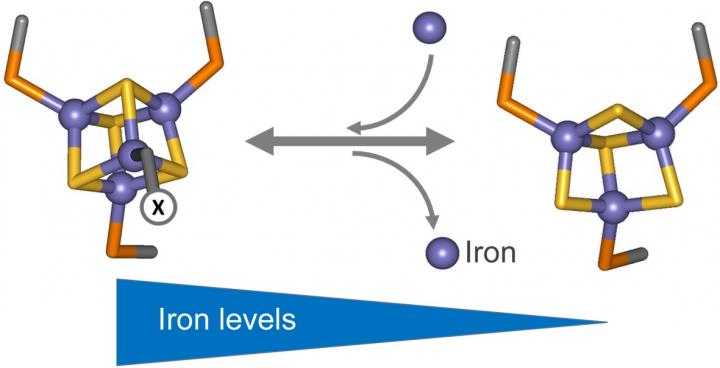
How nitrogen-fixing bacteria sense iron
Researchers at the University of East Anglia have discovered how nitrogen-fixing bacteria sense iron – an essential but deadly micronutrient. Some bacteria naturally fix nitrogen from the soil into a form that plants can use. In nature, most plants get…
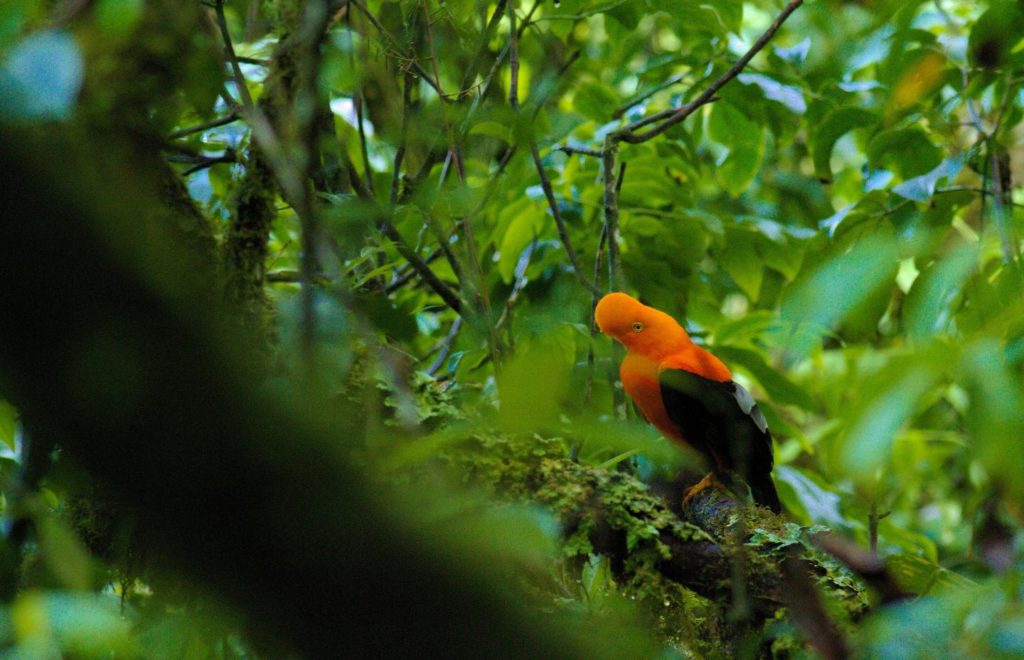
Why is Earth so biologically diverse? Mountains hold the answer
What determines global patterns of biodiversity has been a puzzle for scientists since the days of von Humboldt, Darwin, and Wallace. Yet, despite two centuries of research, this question remains unanswered. The global pattern of mountain biodiversity, and the extraordinarily…
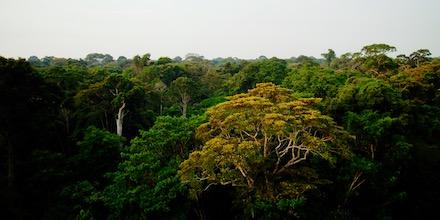
Satellite study of Amazon rainforest land cover gives insight into 2019 fires
LAWRENCE — Throughout August and early September 2019, media around the world have reported on the extensive forest fires ravaging Brazil’s Amazon rainforest. Much of the concern stems from the Amazon’s significance to regulating the world’s climate. According to the…
Are we prepared for a new era of field geology on the moon and beyond?
Imagining a new era of planetary field geology
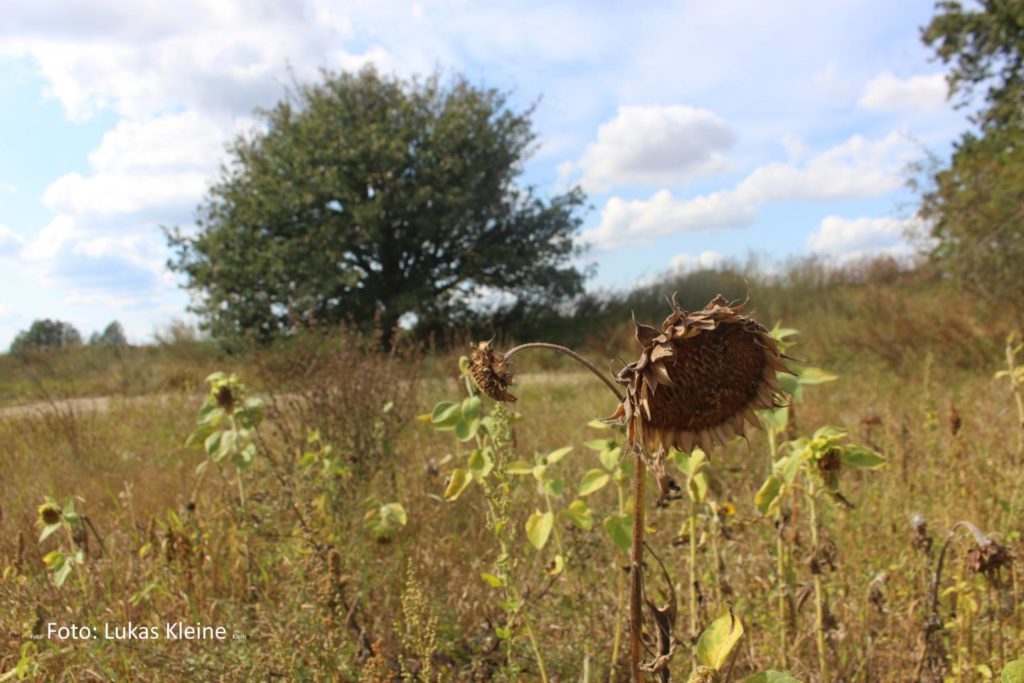
‘Planting water’ is possible — against aridity and droughts
The water regime of a landscape commutes more and more between the extremes drought or flooding. The type of vegetation and land use plays an important role in water retention and runoff. Together with scientists from the UK and the…
To reduce pollution, policymakers should broaden focus beyond smokestacks
Emissions from air pollutants are associated with premature mortality. Between 2008 and 2014, air pollution health damage from fine particulate matter exposure fell by 20 percent in the United States. There are four sectors in the U.S. economy that together…
Groundwater studies can be tainted by ‘survivor bias’
New research improves governments’ ability to monitor groundwater levels
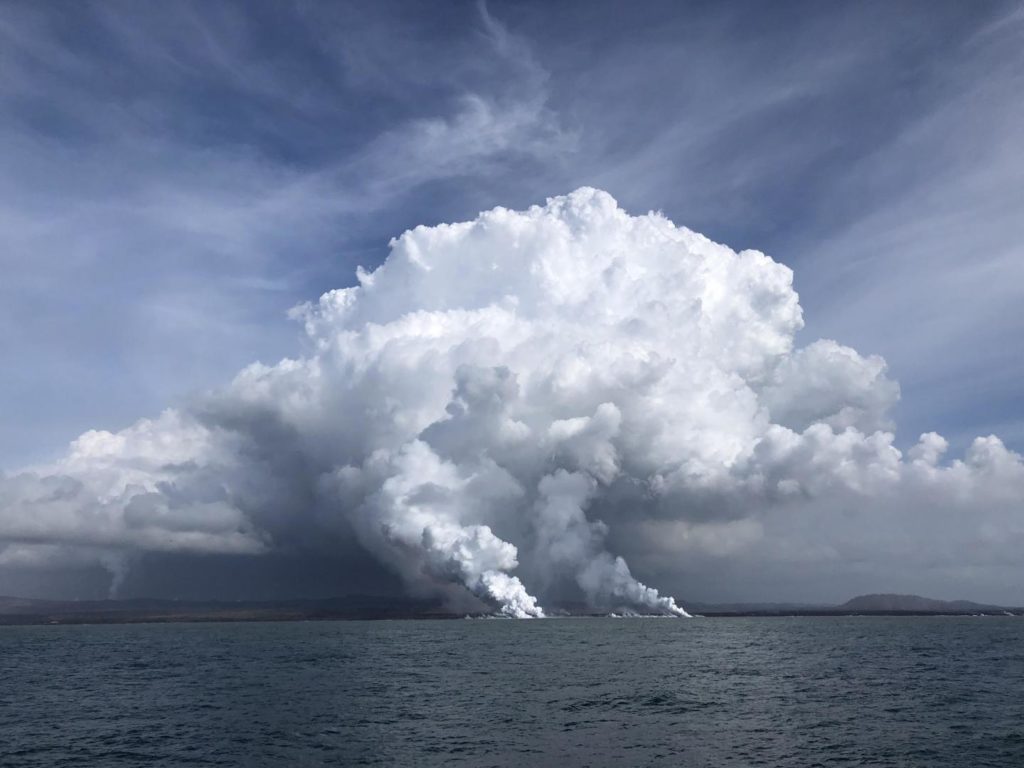
Kīlauea lava fuels phytoplankton bloom off Hawai’i Island
When Kīlauea Volcano erupted in 2018, it injected millions of cubic feet of molten lava into the nutrient-poor waters off the Big Island of Hawai’i. The lava-impacted seawater contained high concentrations of nutrients that stimulated phytoplankton growth, resulting in an…
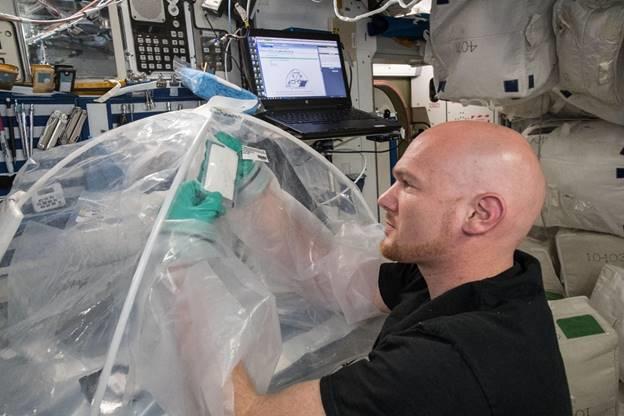
A concrete advantage for space explorers
Concrete may be what humans use to construct safe places to live and work when we go to the Moon or
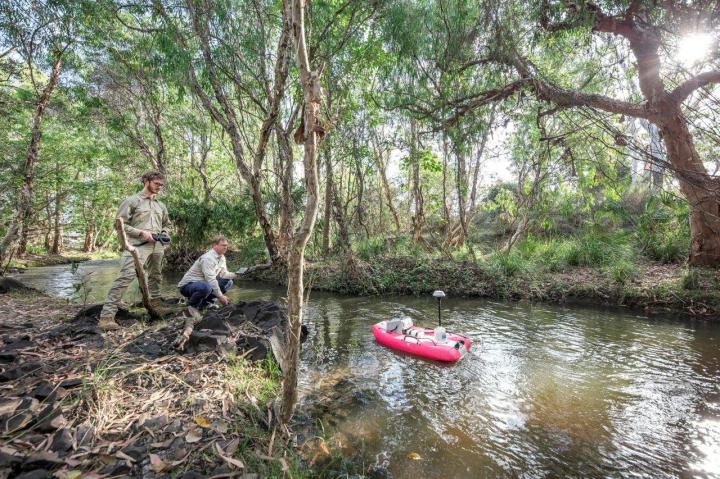
Revolutionizing water quality monitoring for our rivers and reef
New, lower-cost help may soon be on the way to help manage one of the biggest threats facing the Great Barrier Reef. That threat is pollution from land making its way downstream by way of the many rivers and streams…
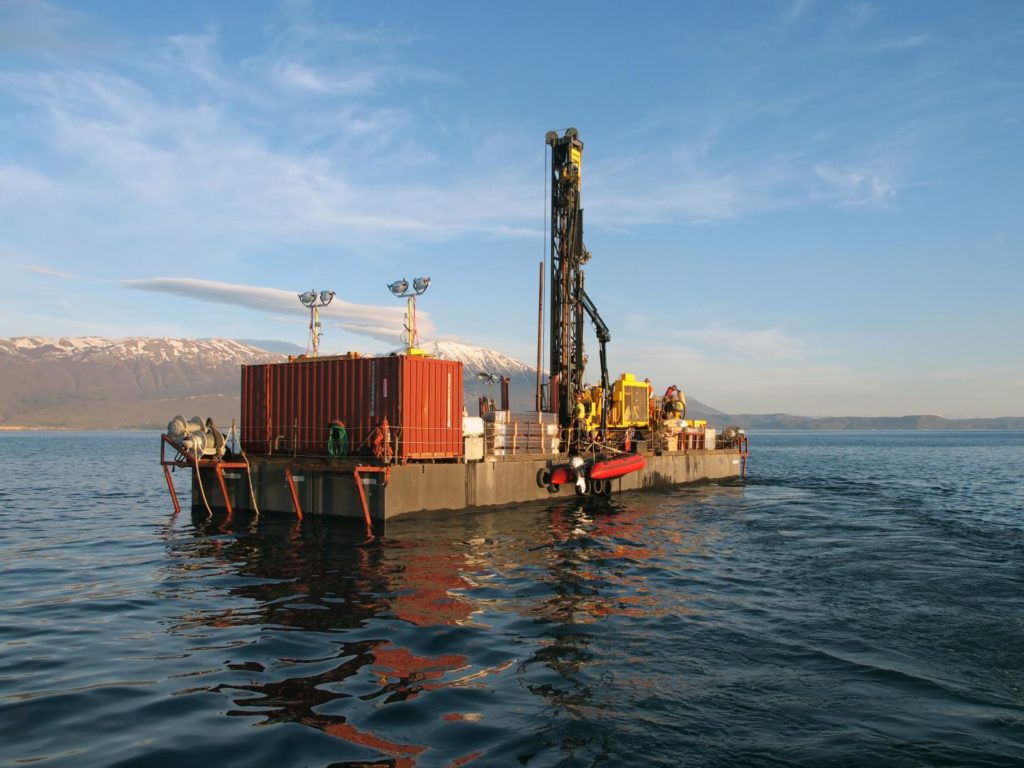
Oldest lake in Europe reveals more than one million years of climate history
A deep drilling project at Lake Ohrid, situated at the border between Albania and North Macedonia and involving 47 researchers from 13 nations, has brought new insights into climate history to light. The team, headed by the geologist Professor Dr…
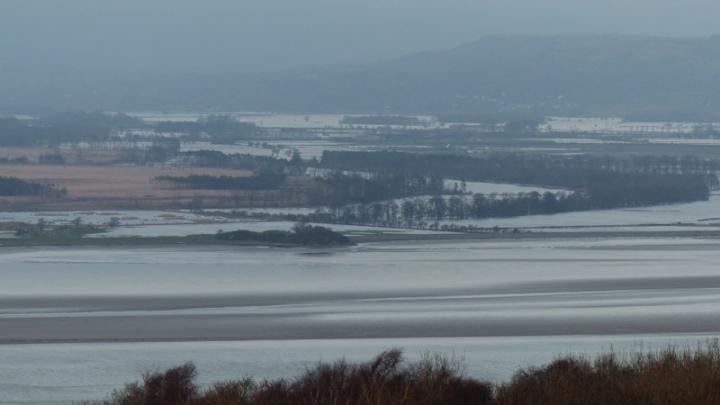
Changing climate linked to major changes in flooding across Europe
Multinational study shows significant regional differences in severity of floods

Ancient die-off greater than the dinosaur extinction
Clues from Canadian rocks formed billions of year ago reveal a previously unknown loss of life even greater than that of the mass extinction of the dinosaurs 65 million years ago, when Earth lost nearly three-quarters of its plant and…
‘Surrey swarm’ earthquakes not caused by nearby oil extraction, says study
The series of 34 small earthquakes between April 2018 and May 2019 occurred within 10 km of two active oil extraction sites at Brockham and Horse Hill in Surrey. Many residents of Newdigate, Dorking, Horley and Charlwood in Surrey, and…

Using nature to protect cities from extreme weather
Pitt and Northwestern awarded $2 million by NSF to study nature-based strategies to prevent urban fl

Using nature to protect cities from extreme weather
Pitt and Northwestern awarded $2 million by NSF to study nature-based strategies to prevent urban fl